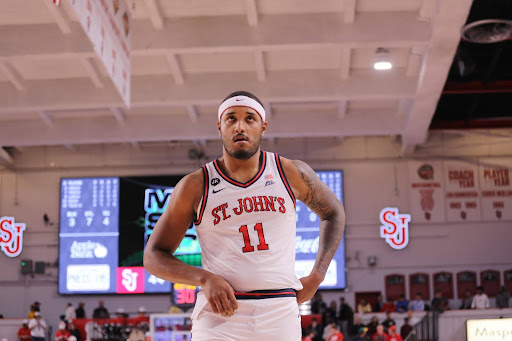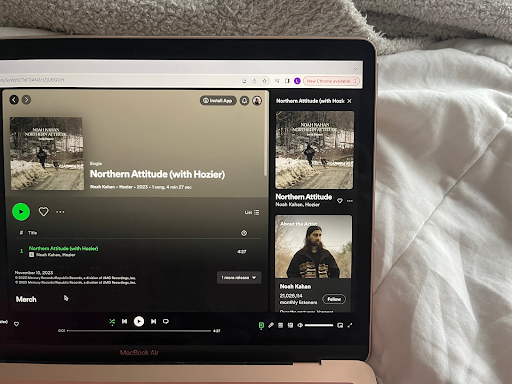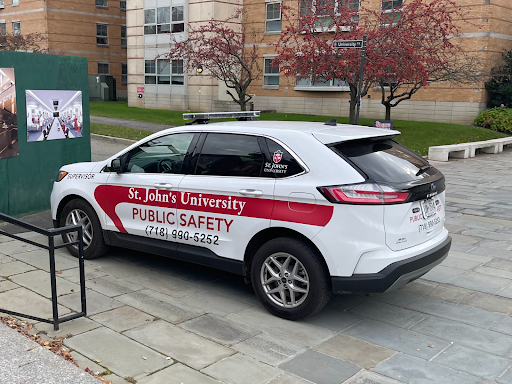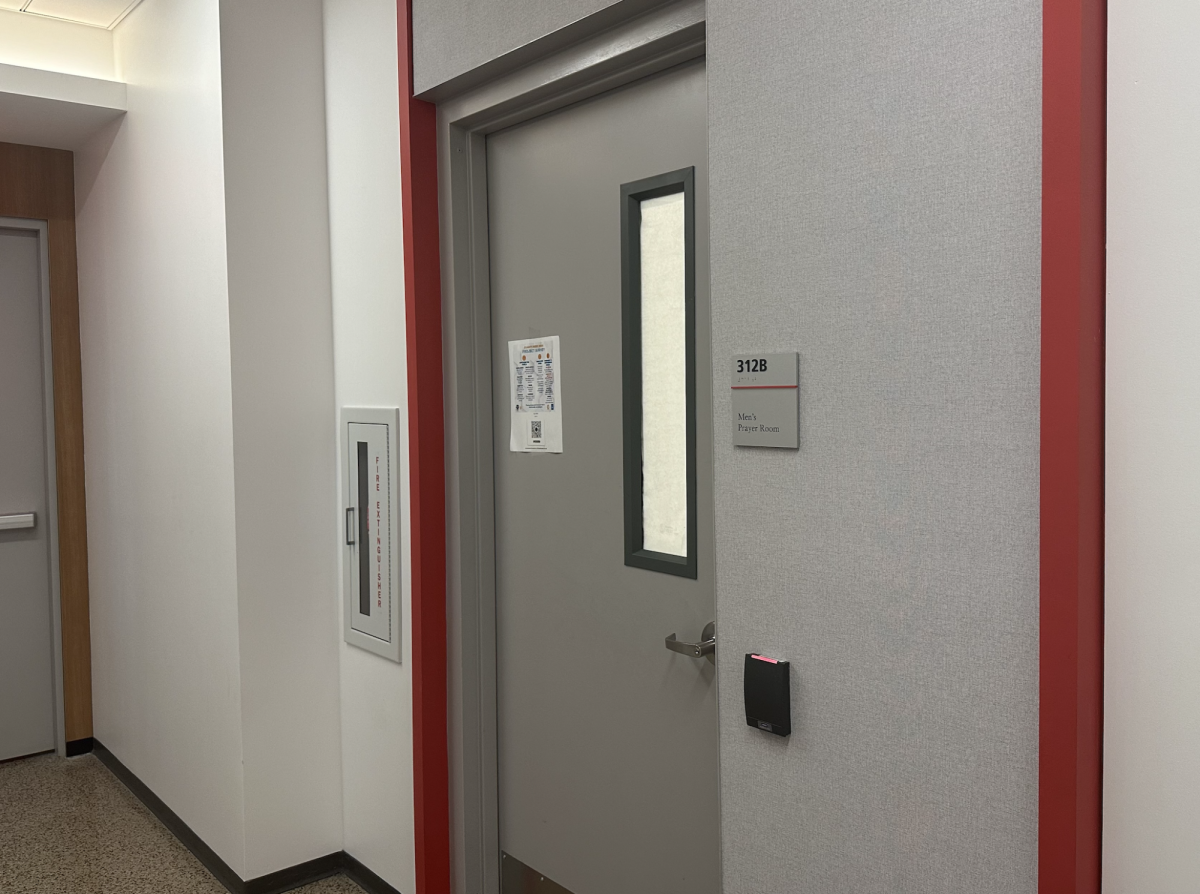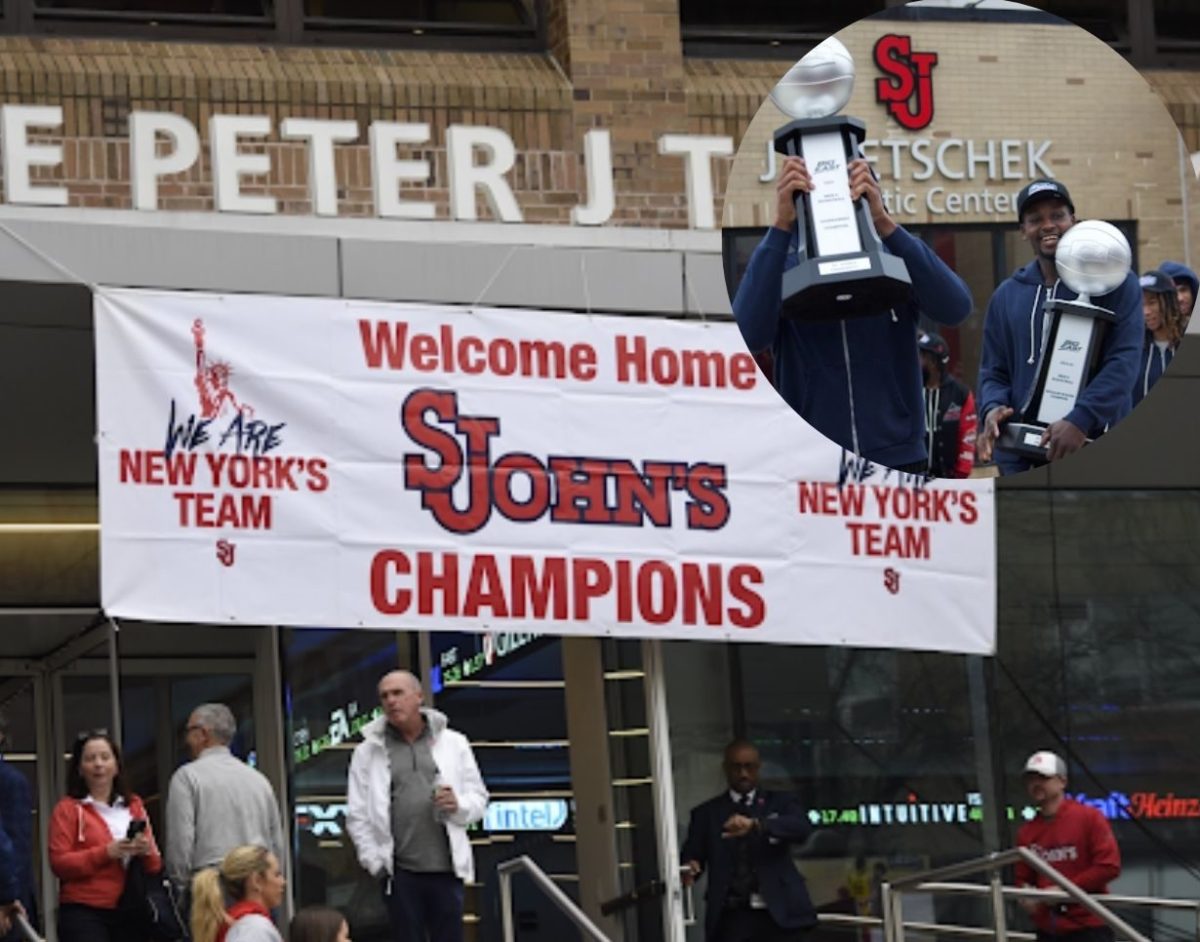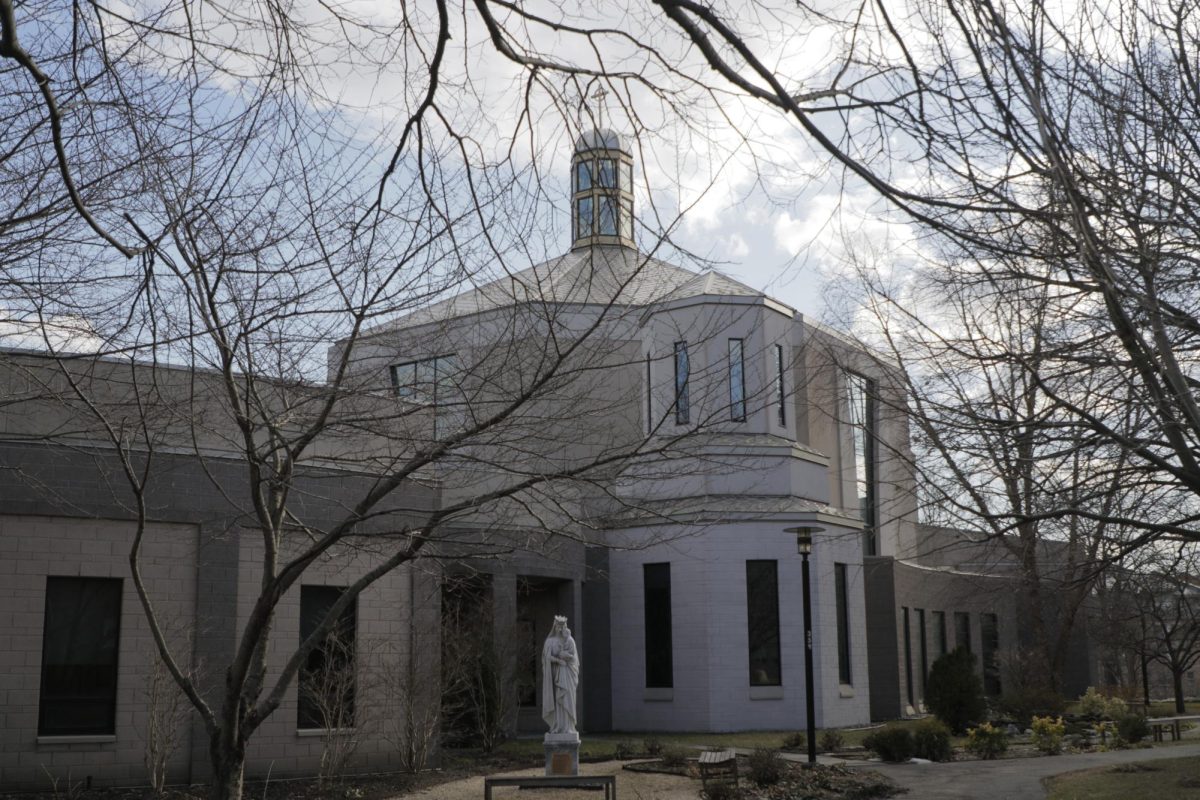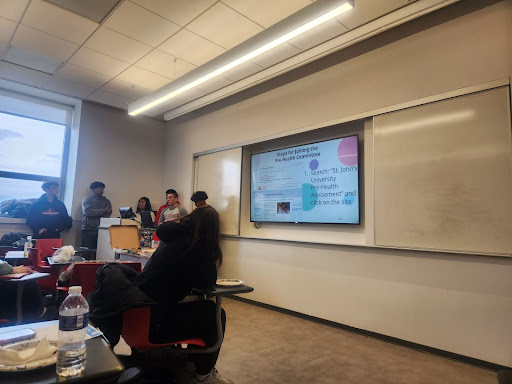Philando Castile. Trayvon Martin. Sandra Bland. These were some of the names being chanted throughout the Queens campus on the evening of Monday, Nov. 7.
More than a dozen students participated in the march organized by Haraya, with other student organizations such as NAACP and LASO.
On the event’s poster, sixteen different organizations are listed as participants, along with the proclamation of solidarity as “love in action.”
Each organization involved seemed to embrace this, and the common theme of the event seemed to be that of overwhelming support.
Starting at 6 p.m. in Marillac Terrace, the march made stops in front of D’Angelo Center, Montgoris Dining Hall, Carey Hall and St. Augustine Hall.
Over 300 students joined by the end of the march, and headed to Marillac for dinner concluding the day, according to Ebony Calvin, Student Associate Director of Campus Activities.
During the march, Haraya gave participants signs reading phrases like “Black Love” and “I Ain’t Sorry That I’m Black!”
The marchers held signs as part of Haraya’s Black Solidarity Day: A Seat at the Table Experience, inspired by Solange Knowles’ recent album, “A Seat at the Table.”
At each stop, speakers shared spoken-word pieces, personal stories and words of encouragement for all who would listen.
In front of Montgoris, Kenneth Shelton Jr., Black Lives Matter activist and junior, spoke about his experiences in the movement as an advocate for black solidarity.
“We as millennials, as young people, actually do care about making a change in our community,” Shelton said. “It’s possible! It really is only possible when we come together like we are now.”
Marchers were encouraged to wave at the Public Safety vehicles parked feet away from the protest’s path.
The tone of this act was not disrespectful, rather an expression of the frustration many students at St. John’s feel when the school chooses not to speak or act on the movements that are important to so many of them.
In front of the library, students shared their struggles with mental illness and microaggressions, and how they were trying to improve those things on campus.
Others encouraged listeners to make art, and create a positive representation that is so lacking for people of color in the media.
Sophomore, Tamara Garcia, one of the marchers in the crowd thought that not every college campus is able to come together as they did for the march. She believed one of the most important parts of the experience was seeing students of all backgrounds coming together.
“St. John’s is a campus where the students are aware, they do not simply sit back,” Garcia said. “They actually act on this, and they actually try to make their peers aware of the situation we are facing together.”
Though most participants in the march were members of Haraya, many non-members were present to show their solidarity with the movement.
Supporters were encouraged to wear all black throughout the day, and almost all were dressed head to toe in the color.
Junior Doh, Vice President of Services for Haraya, was a main organizer of this event, calling it a “celebration of black culture,” and “[a collection of] students that appreciate black culture coming together and celebrating that culture.”
“We can come together and heal from that and celebrate our culture,” Doh said. “You can’t escape the fact that the world we live in is imperfect… Despite everything that’s going on in the world, we’re still strong and we won’t let them take that magic away from us.”
Almost as if in response, the marchers echoed words of hope through the St. John’s community, proclaiming that no matter what, “we gon’ be alright, we gon’ be alright.”




